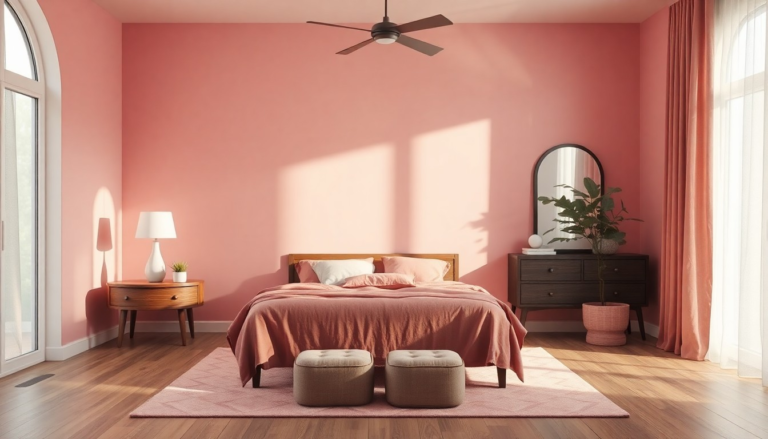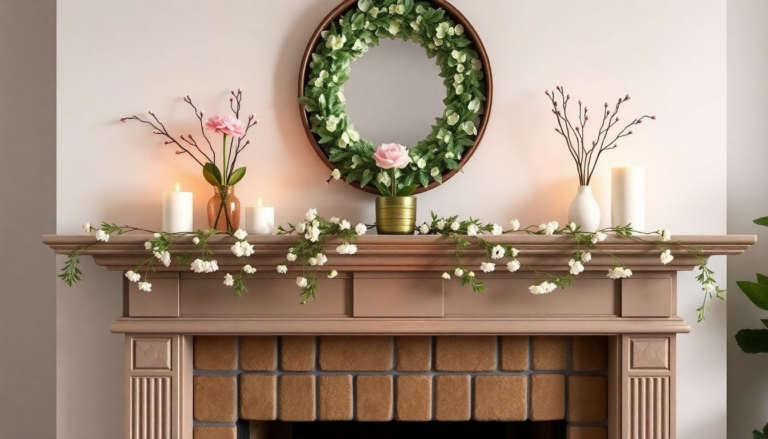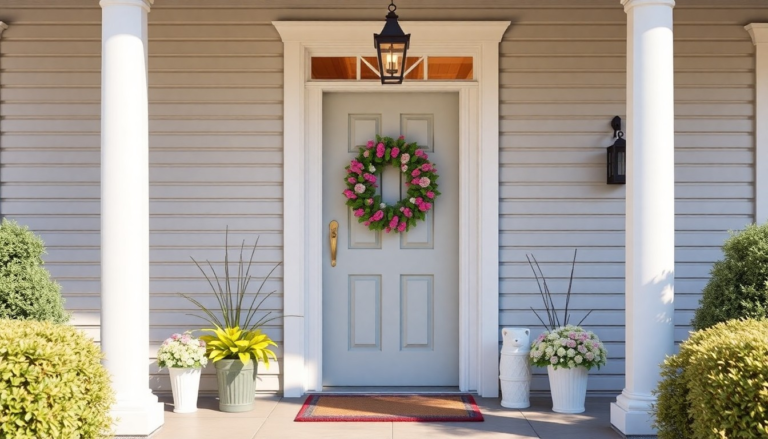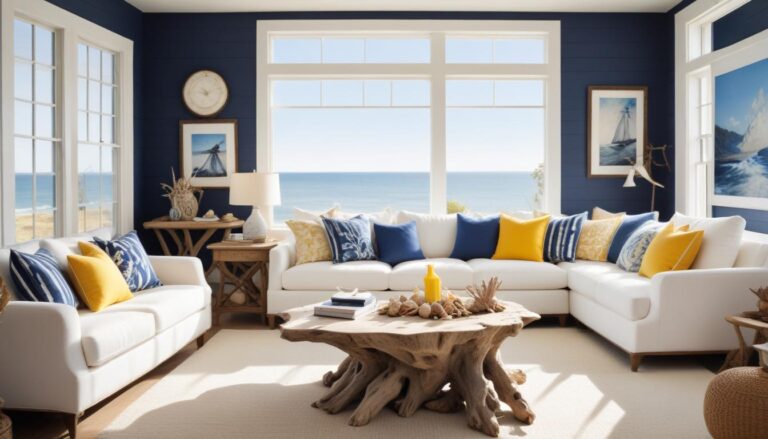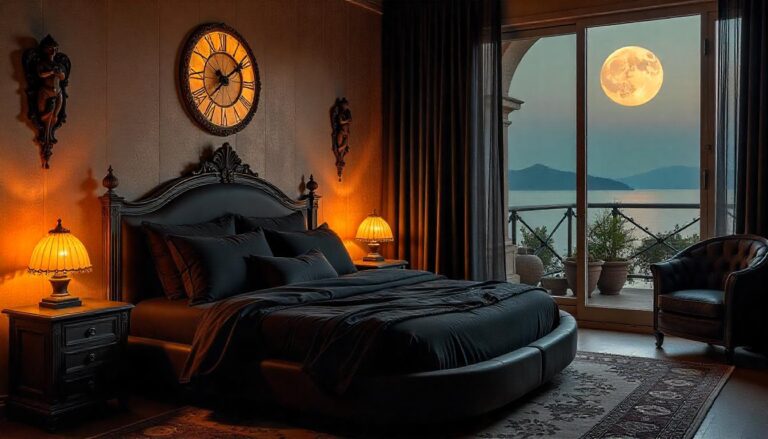26 Unique 1910 Kitchen Style Ideas
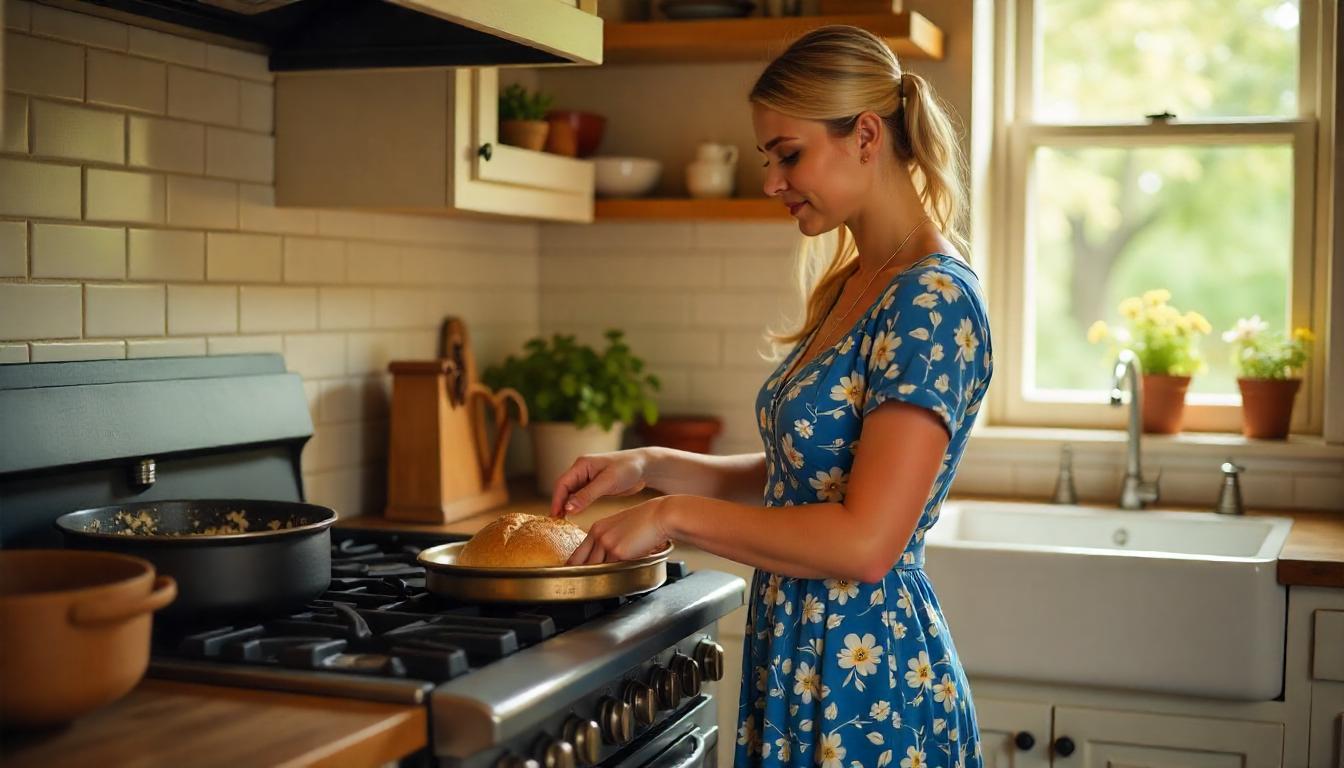
The 1910s kitchen had a charm that modern kitchens often lack.
It was a space designed for function, yet it carried a warmth and character that made it the heart of the home.
Think sturdy wood cabinetry, classic farmhouse sinks, and beautifully simple details.
If you want to bring that early 20th-century charm into your kitchen—whether through a full renovation or small vintage-inspired touches—this guide is for you.
Here are 26 unique 1910 kitchen style ideas that will help you create a kitchen that feels both historically authentic and beautifully timeless.
1. Classic Farmhouse Sink for a Vintage Touch
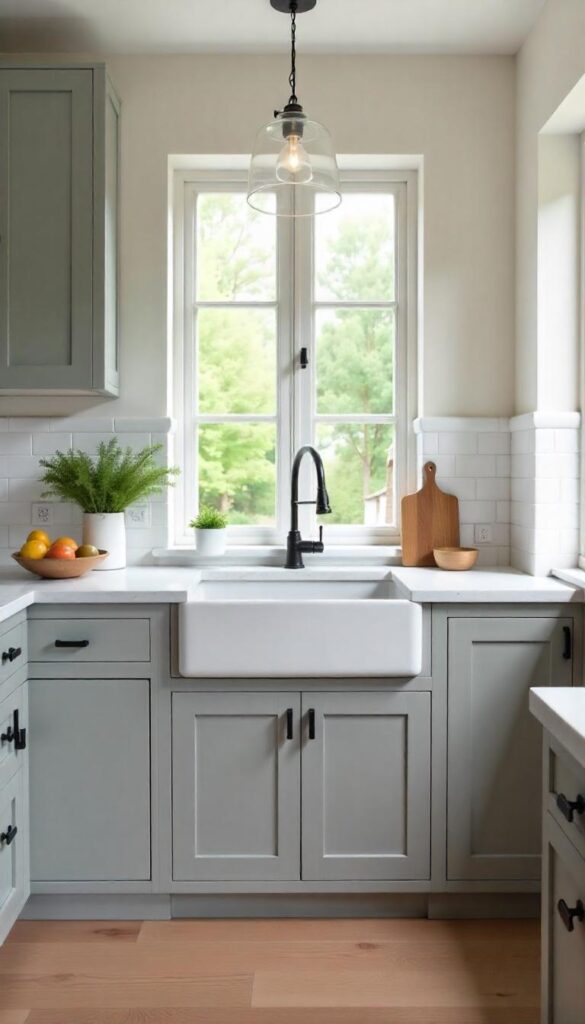
The porcelain farmhouse sink was a kitchen staple in 1910.
These deep, apron-front sinks were designed for practicality—perfect for washing large pots and prepping food.
If you want to embrace the authentic 1910 look, a fireclay or cast-iron sink is the way to go.
Pair it with antique-style brass or nickel faucets to complete the look.
2. Freestanding Cabinets Instead of Built-Ins
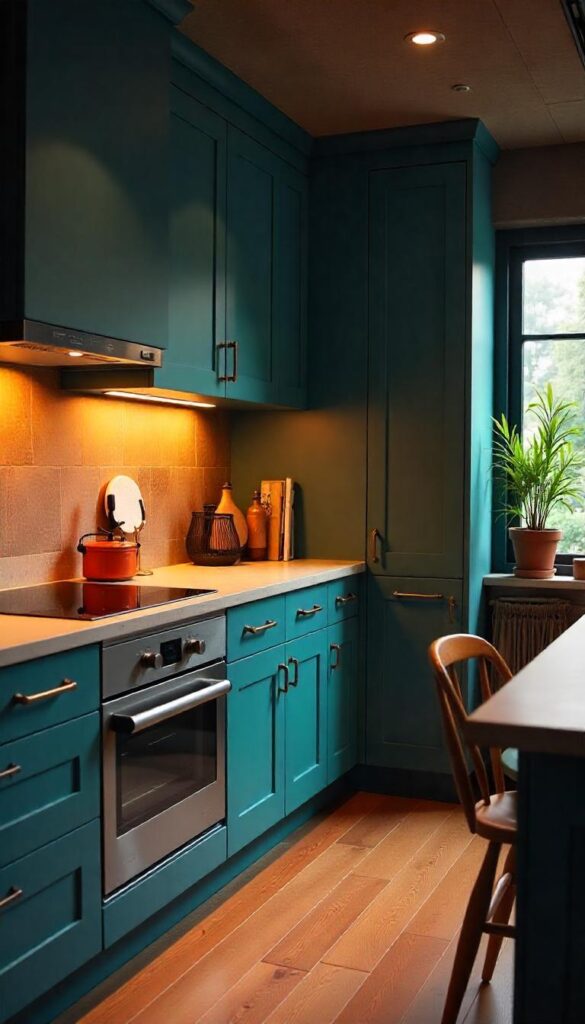
Unlike today’s built-in cabinetry, 1910 kitchens featured freestanding cabinets.
Homeowners would have a separate hutch, pantry cupboard, and worktable, creating a flexible and functional space.
You can recreate this look by opting for vintage furniture pieces instead of installing modern, wall-to-wall cabinets.
3. Beadboard Walls for a Classic Look
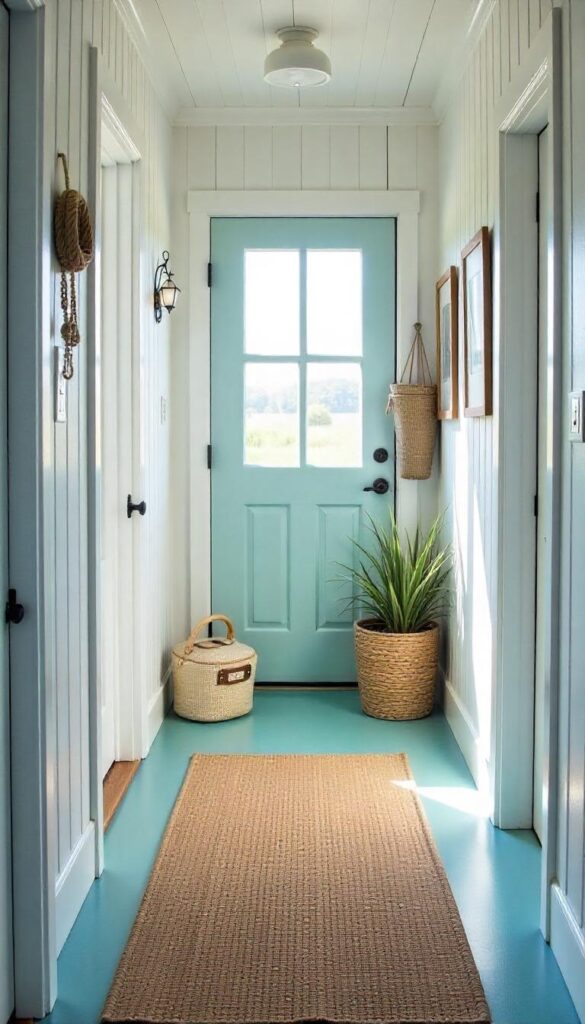
Beadboard paneling was a defining feature in early 20th-century kitchens.
It added texture and character while also serving as a protective wall covering.
Painting it in soft, vintage hues like cream, pale blue, or mint green instantly gives your kitchen an old-world feel.
4. Hoosier Cabinet for Storage and Style
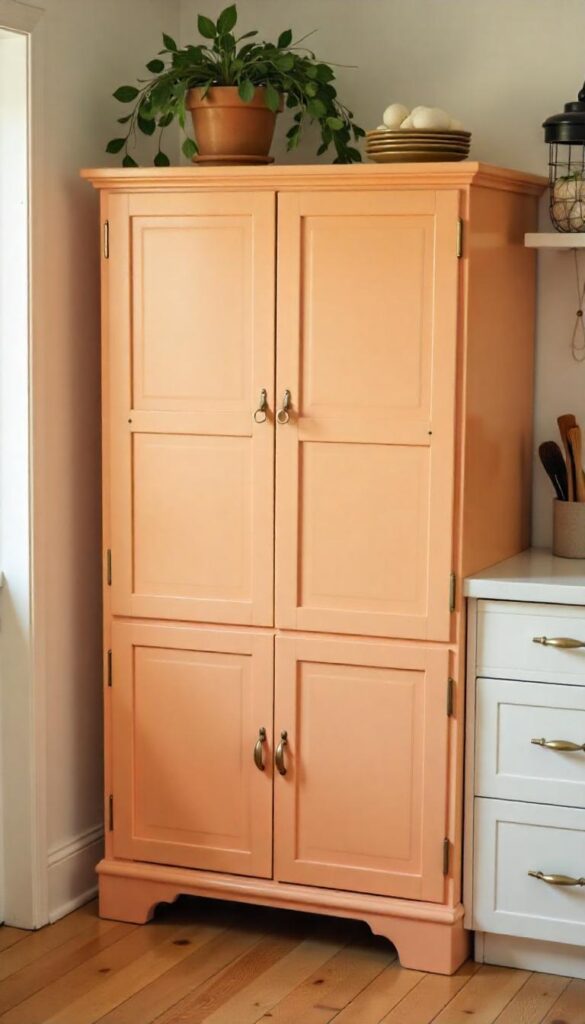
The Hoosier cabinet was the all-in-one storage solution of the 1910s.
It typically included flour sifters, spice racks, pull-out countertops, and small drawers for kitchen essentials.
Finding an antique Hoosier cabinet (or a high-quality reproduction) is a fantastic way to add both function and nostalgia to your kitchen.
5. Checkerboard Flooring for Vintage Appeal
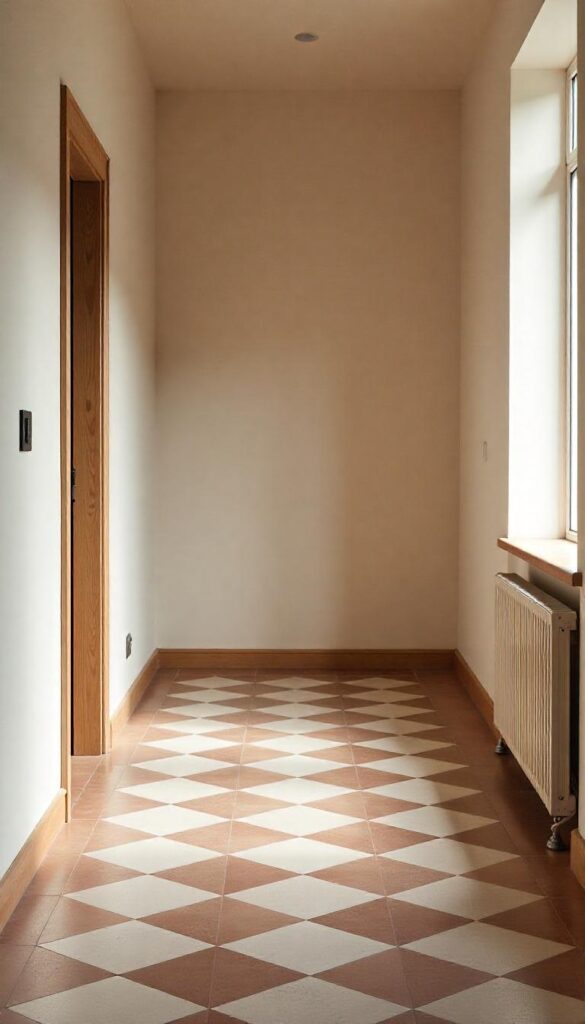
In the 1910s, checkerboard floors were a common sight in kitchens.
Whether in black-and-white, red-and-white, or softer neutral tones, this flooring added charm while being easy to clean.
Opting for linoleum or ceramic tiles can help recreate this timeless style in your space.
6. Open Shelving for Practical Storage
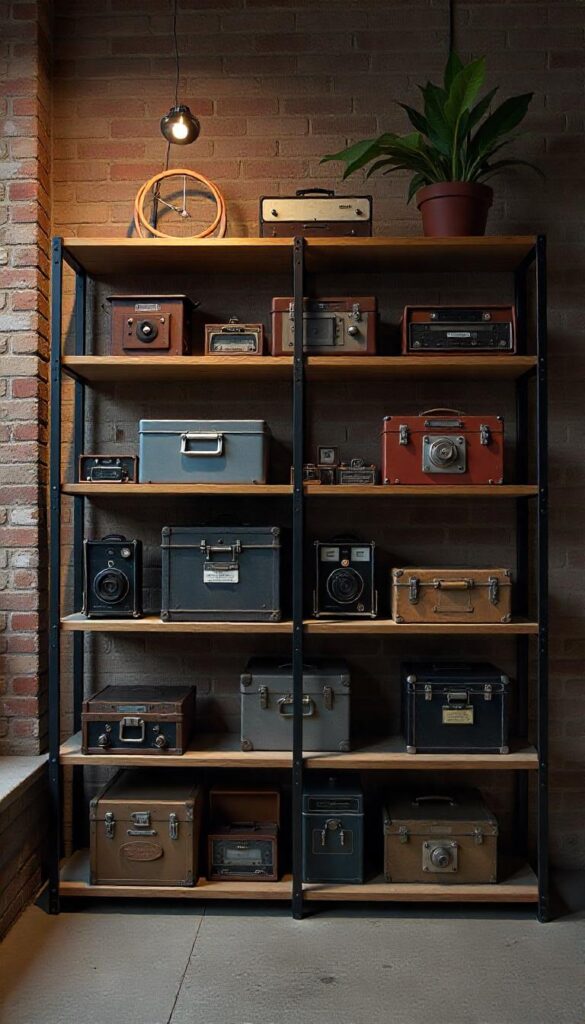
Instead of modern upper cabinets, 1910 kitchens often had open shelving to store dishes, cookware, and dry goods.
This design made it easy to grab what you needed while keeping the space feeling light and airy.
Wooden shelves with brass or wrought iron brackets will give your kitchen that authentic period feel.
7. Butcher Block Countertops for an Authentic Work Surface
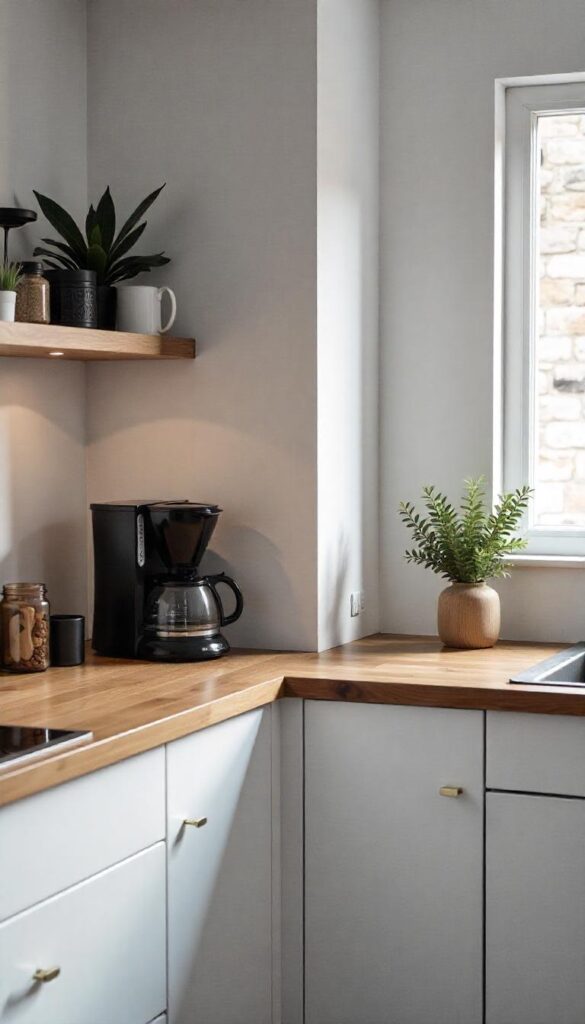
In a time before stainless steel and quartz, butcher block countertops were the go-to choice for meal prep.
They were durable, functional, and easy to maintain.
Choosing a thick, natural wood countertop adds warmth and a timeless quality to your kitchen.
8. Icebox Refrigerator for a True 1910 Vibe
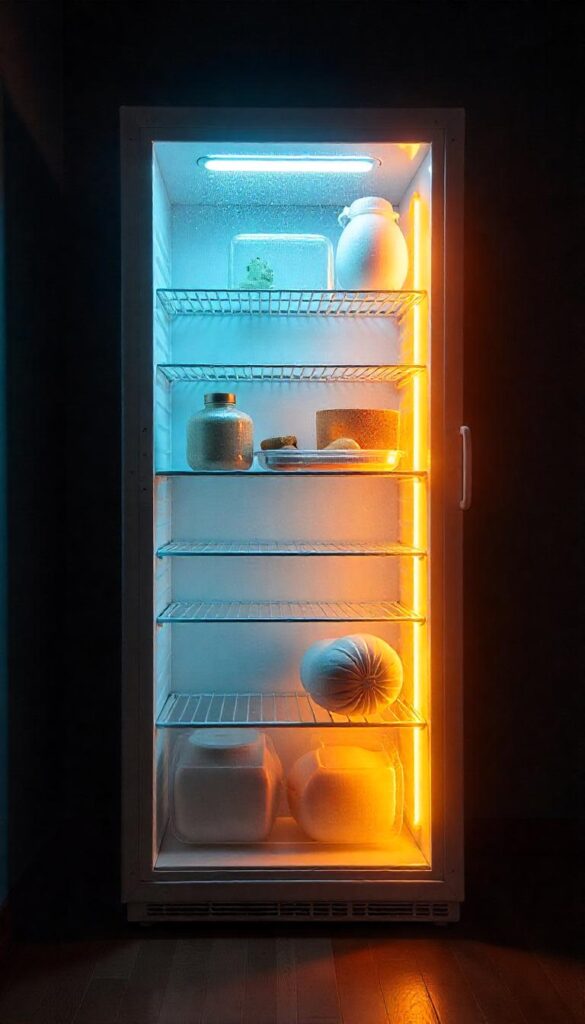
Before electric refrigerators, homes had iceboxes—large wooden cabinets with metal interiors designed to keep food cold.
While you may not want to replace your modern fridge, a vintage-style panel or an antique icebox repurposed as storage can add a unique period touch.
9. Vintage Gas or Wood-Burning Stove
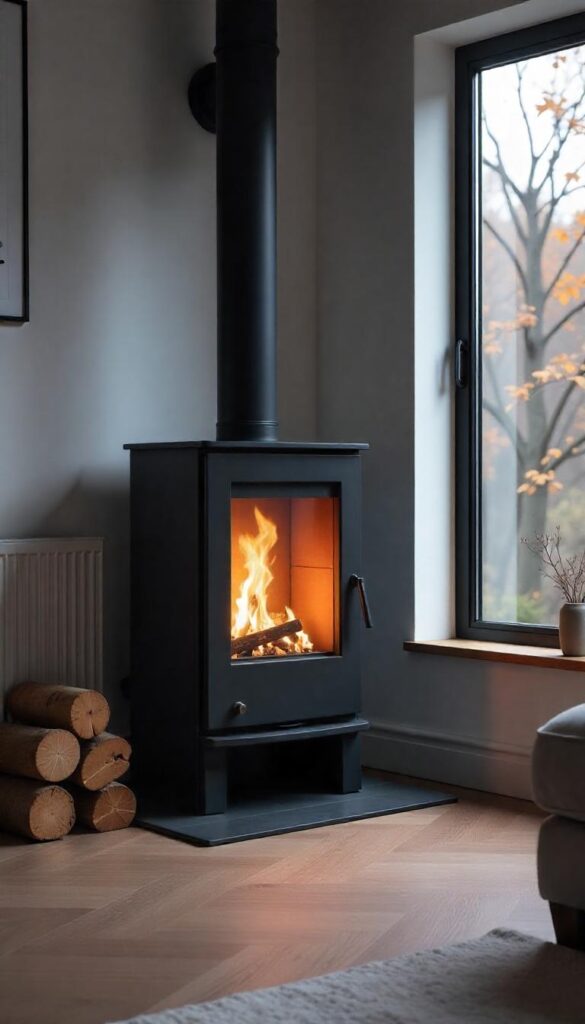
The 1910s kitchen stove was either gas-powered or wood-burning, featuring cast-iron details and enamel finishes.
While you might not want to give up modern conveniences, brands like Elmira Stove Works and AGA offer beautiful vintage-style stoves that capture the charm of the early 20th century.
10. Soft, Muted Color Palette for an Authentic Look
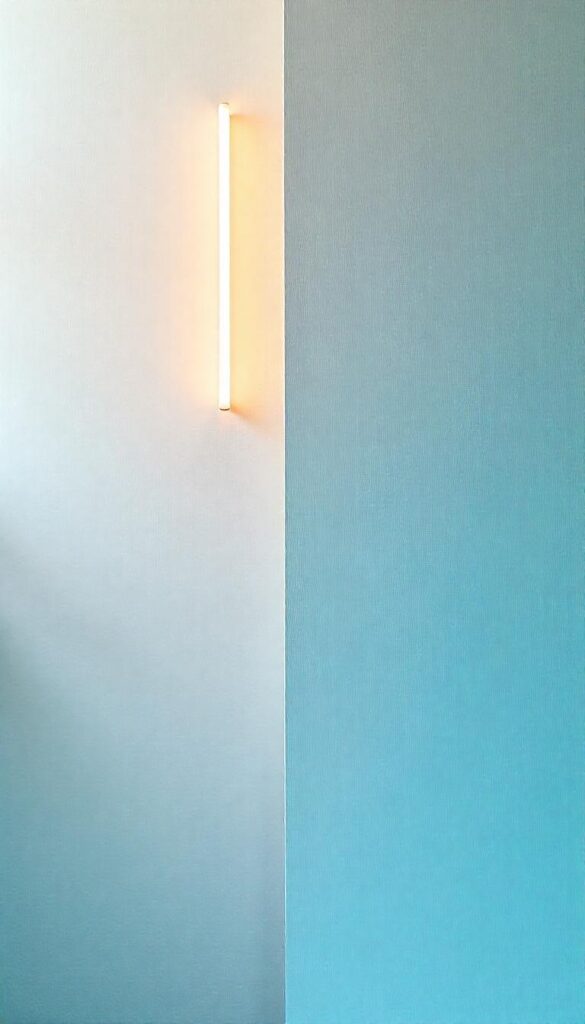
The color schemes of 1910 kitchens were soft and inviting. Think:
- Creamy whites
- Pale yellows
- Sage greens
- Dusty blues
These gentle tones helped create a warm, welcoming space that still feels timeless today.
11. Glass-Front Cabinets for a Light, Airy Feel
Instead of solid wood cabinets, many 1910 kitchens had glass-front doors to showcase their dishware.
This added elegance and practicality, allowing homeowners to easily see what was inside.
Choose leaded glass or simple panes for an authentic touch.
12. Enamelware Accessories for Period-Perfect Decor
White enamelware with blue, red, or black trim was a kitchen essential in the 1910s.
Adding enamel teapots, bread bins, and canisters is a simple way to bring authentic vintage charm to your space.
13. Brass and Nickel Fixtures for a Polished Look
From sink faucets to cabinet handles, brass and nickel were the metals of choice in the 1910s.
Opting for polished or unlacquered finishes gives your kitchen an aged, lived-in feel that develops a beautiful patina over time.
14. Cast-Iron Pot Racks for Hanging Cookware
With limited cabinet storage, kitchens in 1910 often featured hanging pot racks to store cookware.
A simple wrought-iron or brass rack mounted on the wall or ceiling keeps your kitchen functional while adding a rustic, old-world touch.
15. Apron Hooks and Peg Rails for Practicality
Instead of cluttering drawers, many kitchens featured peg rails or simple hooks for hanging aprons, towels, and utensils.
This small detail adds practicality while staying true to the era’s aesthetic.
16. Mason Jars for Storage and Display
Before plastic containers, homeowners stored dry goods like flour, sugar, and coffee in glass jars.
Using mason jars on open shelving or countertops is both functional and visually charming.
17. Stained Glass Window Accents for a Unique Look
Many 1910 homes featured stained or leaded glass in the kitchen windows.
If you want a subtle yet stunning historical touch, adding a stained glass panel or window film can bring color and elegance to your space.
18. Wooden Worktables Instead of Kitchen Islands
Instead of the modern built-in kitchen island, 1910 kitchens had sturdy wooden worktables that served as prep stations.
A reclaimed wood table or antique butcher’s block makes a perfect replacement for a modern island.
19. Lace or Cafe Curtains for a Soft Look
Windows in 1910 kitchens were often adorned with lace curtains or cafe-style drapes to let in light while maintaining privacy.
This delicate detail adds a quaint, vintage feel to your space.
20. Tin Ceilings for Architectural Detail
Pressed tin ceilings were popular in early 20th-century kitchens. They added visual interest and durability while being easy to clean.
Installing tin panels or faux tin tiles can recreate this elegant touch.
21. Wainscoting for a Cozy, Textured Finish
Adding wainscoting or beadboard along the lower walls provides a historical touch while protecting against scuffs and spills.
Painting it in a soft vintage hue enhances the charm.
22. Classic Subway Tile Backsplash
Subway tiles were a common choice in early 1900s kitchens due to their clean, practical, and timeless appeal.
A white subway tile backsplash instantly captures the essence of the era.
23. Old-Fashioned Bread Box for a Nostalgic Touch
A vintage-style metal or wooden bread box is a small yet impactful way to bring 1910 charm into your kitchen.
24. Oil Lamps or Edison Bulb Lighting for Authenticity
Electricity was becoming more common in 1910, but oil lamps and exposed filament bulbs were still widely used.
A schoolhouse pendant light or Edison bulb fixture adds warmth and period charm.
25. Vintage Advertisements and Signage for Character
Antique food advertisements, metal signs, and framed recipe prints bring personality and history into your space.
26. Traditional Iron Stove Trivets for a Small Detail
Little details like cast-iron trivets, old-fashioned salt cellars, and hand-painted ceramics complete the 1910 look.
Bringing 1910 kitchen style into your home is about embracing function, charm, and simple beauty.
With these ideas, your kitchen can become a timeless retreat full of vintage warmth.

